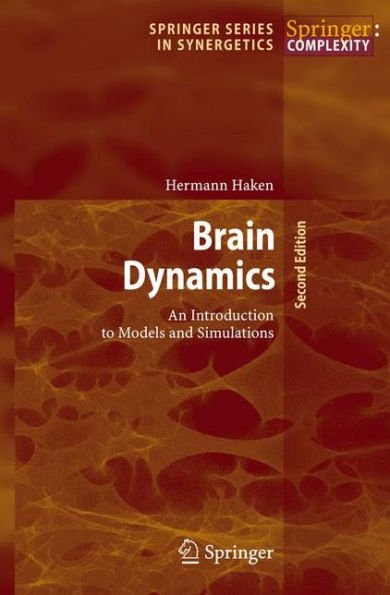5
1
9783540752363


Brain Dynamics: An Introduction to Models and Simulations / Edition 2 available in Hardcover

Brain Dynamics: An Introduction to Models and Simulations / Edition 2
- ISBN-10:
- 3540752366
- ISBN-13:
- 9783540752363
- Pub. Date:
- 01/30/2008
- Publisher:
- Springer Berlin Heidelberg
- ISBN-10:
- 3540752366
- ISBN-13:
- 9783540752363
- Pub. Date:
- 01/30/2008
- Publisher:
- Springer Berlin Heidelberg
54.99
In Stock

Product Details
| ISBN-13: | 9783540752363 |
|---|---|
| Publisher: | Springer Berlin Heidelberg |
| Publication date: | 01/30/2008 |
| Series: | Springer Series in Synergetics |
| Edition description: | 2nd ed. 2008 |
| Pages: | 333 |
| Product dimensions: | 6.10(w) x 9.25(h) x 0.04(d) |
From the B&N Reads Blog
